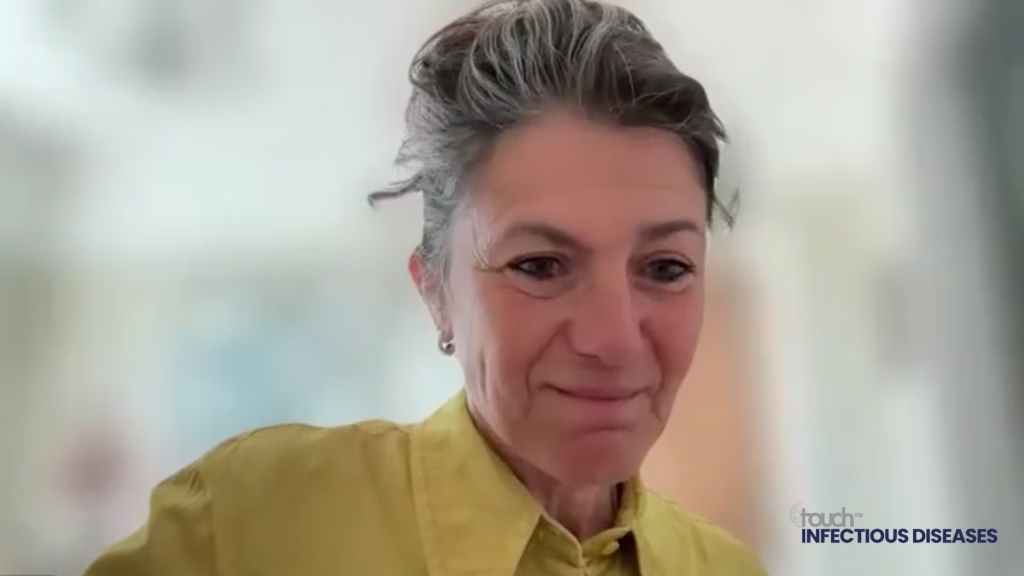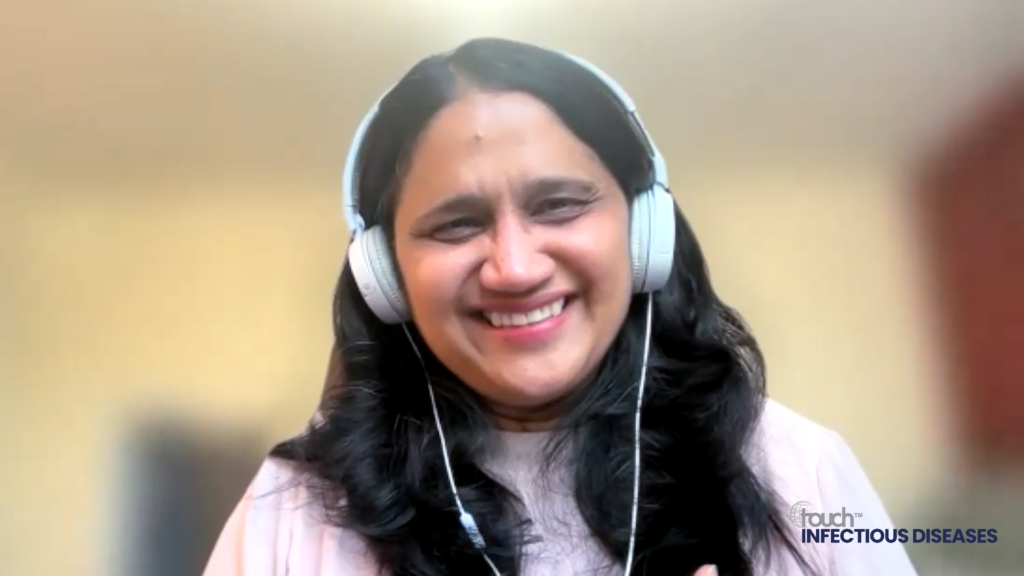The current status and future potential of broadly neutralising anti-HIV-1 antibodies, latency-reversing agents, and the rationale for their use in the treatment of people with HIV infection is discussed in this video interview with Prof. Ole Schmeltz Søgaard (Aarhus University, Aarhus, Denmark).
The abstract entitled: ‘The Impact Of 3BNC117 And Romidepsin Treatment at Art Initiation on HIV-1 Persistence’ (Abstract #479) was presented at Conference on Retroviruses and Opportunistic Infections (CROI) 2022 (Virtual), 12-16 February 2022.
Questions:
- What is the current status and future potential of broadly neutralising anti-HIV-1 antibodies? (0:05)
- Could you give us a brief overview of latency-reversing agents and the rationale for their use in the treatment of people with HIV infection? (0:31)
Disclosures: Prof. Ole Schmeltz Søgaard has nothing to disclose in relation to this video interview
Support: Interview and filming supported by Touch Medical Media. Interview conducted by Katey Gabrysch.
Filmed as a highlight of CROI 2022.









